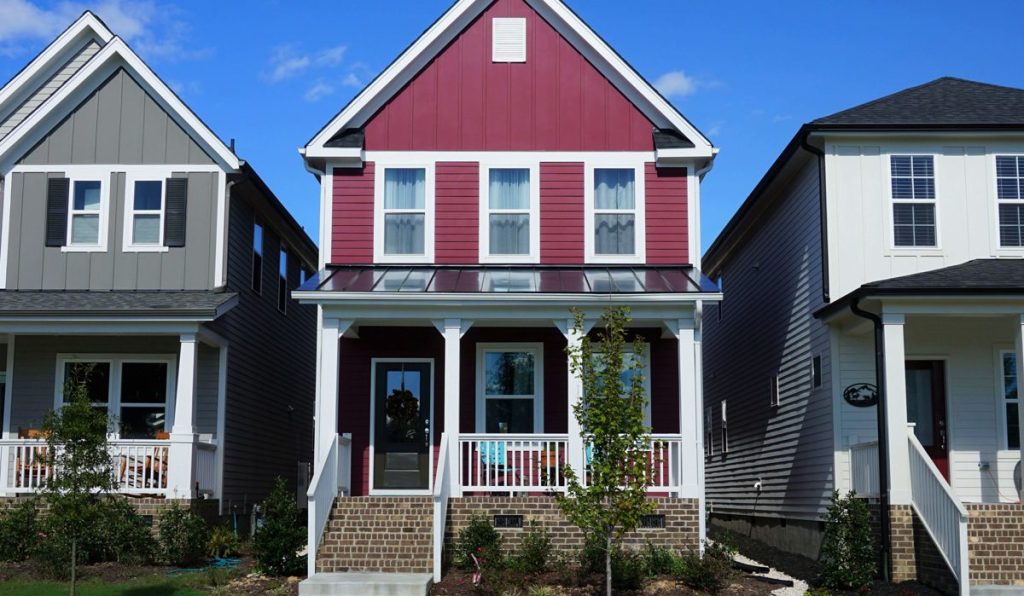For the third consecutive week, mortgage rates managed to remain under 3%, dropping three basis points last week to an average of 2.96%, according to Freddie Mac‘s PMMS.
Despite consistent forecasts of a market with rising rates, the 30-year fixed rate mirrored more closely numbers borrowers saw back in February. Sam Khater, Freddie Mac’s chief economist, pointed to a golden opportunity for homebuyers given the recent economic resurgence.
“Consumer income and spending are picking up, which is leading to an acceleration in economic growth,” Khater said. “The combination of low and stable rates, coupled with an improving economy, is good for homebuyers. It’s also good for homeowners who may have missed prior opportunities to refinance and increase their monthly cash flow.”
But borrowers flush with cash are struggling to find a home to spend it on. Heightened demand continued to push mortgage applications down last week in what Mortgage Bankers Association vice president of economic forecasting, Joel Kan, called a “mixed bag of factors” — mortgage rates being one of them.
Even though inventory is grappling with the power that record low rates hold, borrowers are still racing to the end of the bidding line, as March housing starts jumped nearly 20% month over month to the highest level since 2006, per the latest report from Redfin.
Increasing Lending and Servicing Capacity – Regardless of Mortgage Rates
The low-rate environment won’t last forever, and both lenders and servicers need to be able to keep their costs down while managing volume fluctuations once things start to normalize.
Presented by: Sutherland
Although housing starts are rising, lumber prices have skyrocketed in the past 12 months, causing the average price of a new single-family home to increase by $35,872, according to the National Association of Home Builders.
Low inventory is still a thorny issue as April turns to May, but more new builds appear to be in the pipeline, according to Doug Duncan, Fannie Mae chief economist.
“The supply of existing homes for sale and an elevated level of new homes sold — but not yet constructed — should help bolster a strong construction pace of new housing starts moving into the spring buying season,” Duncan said.





